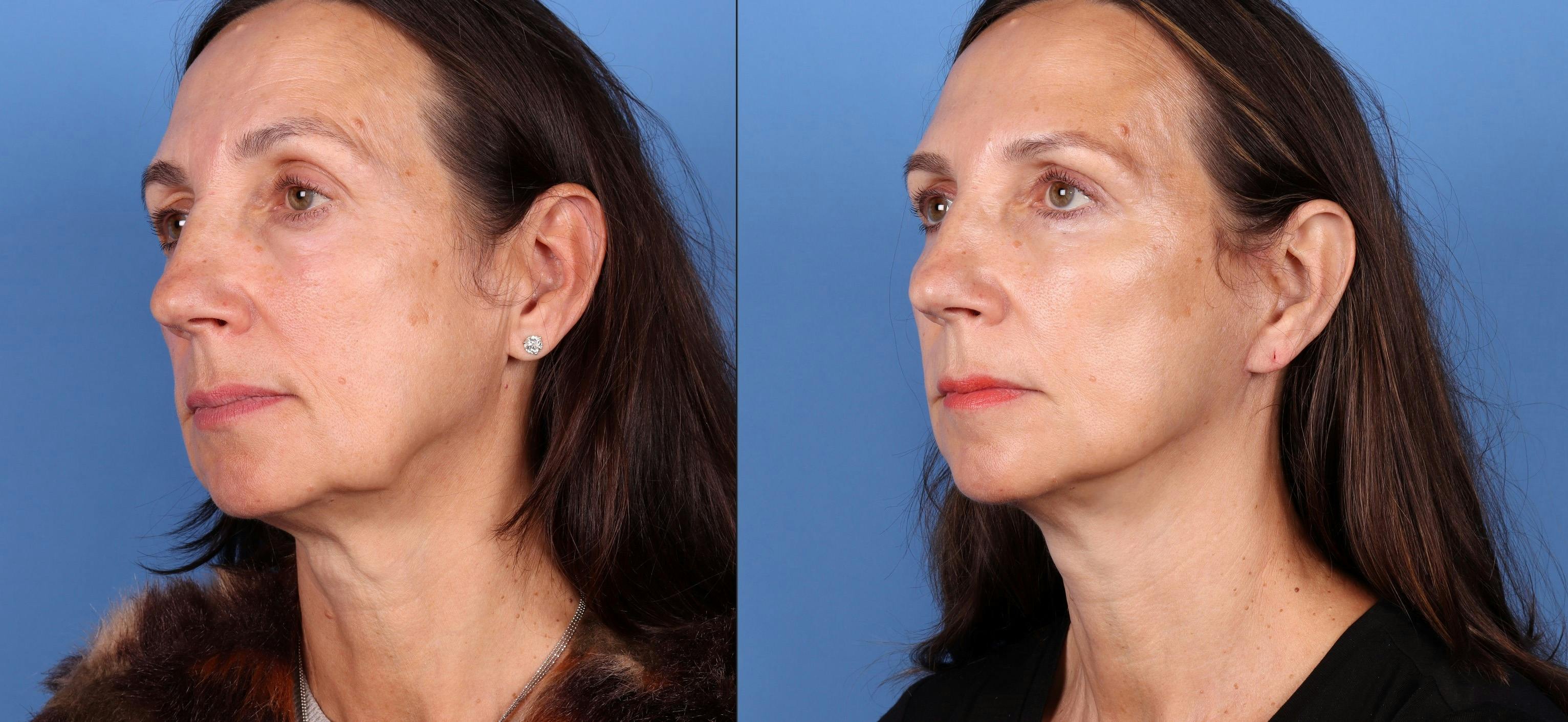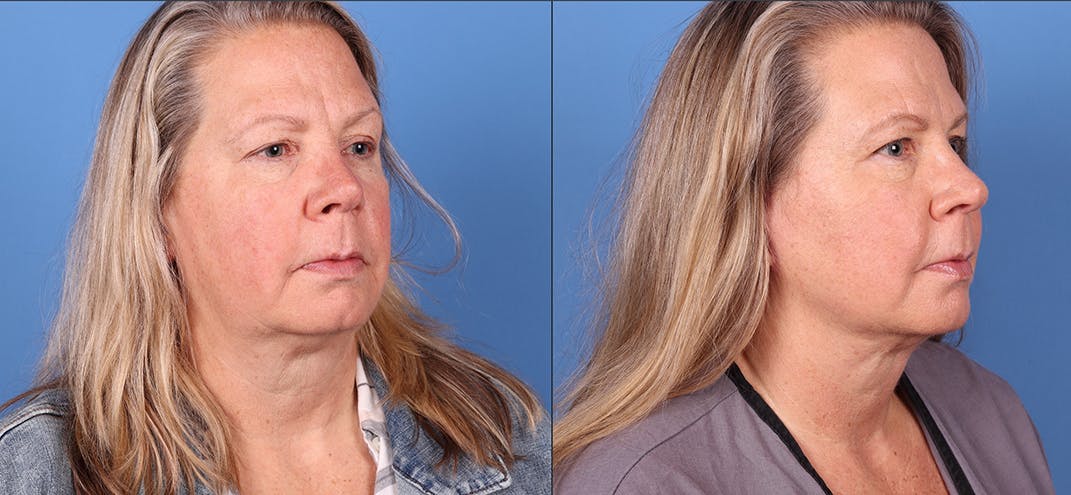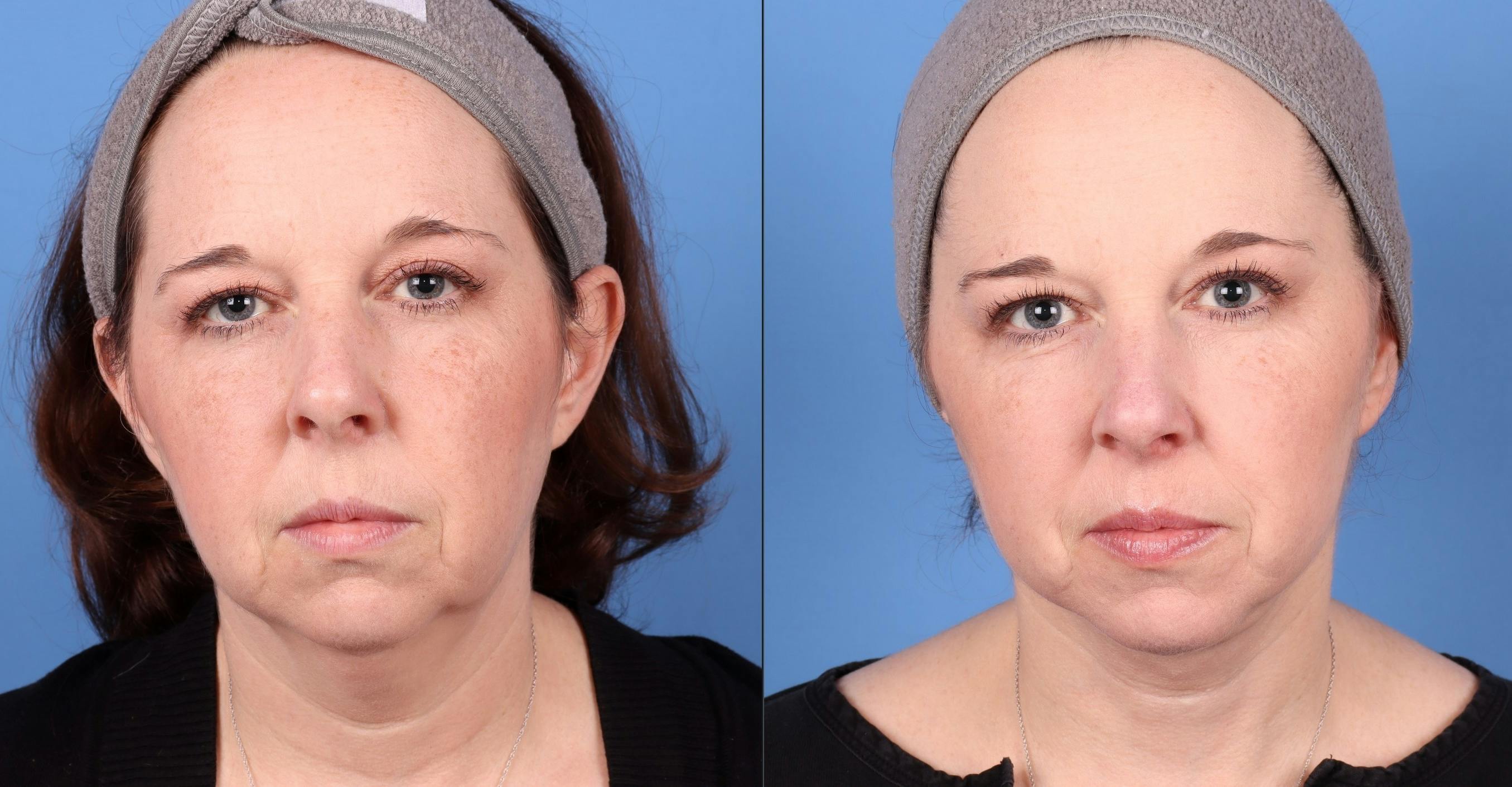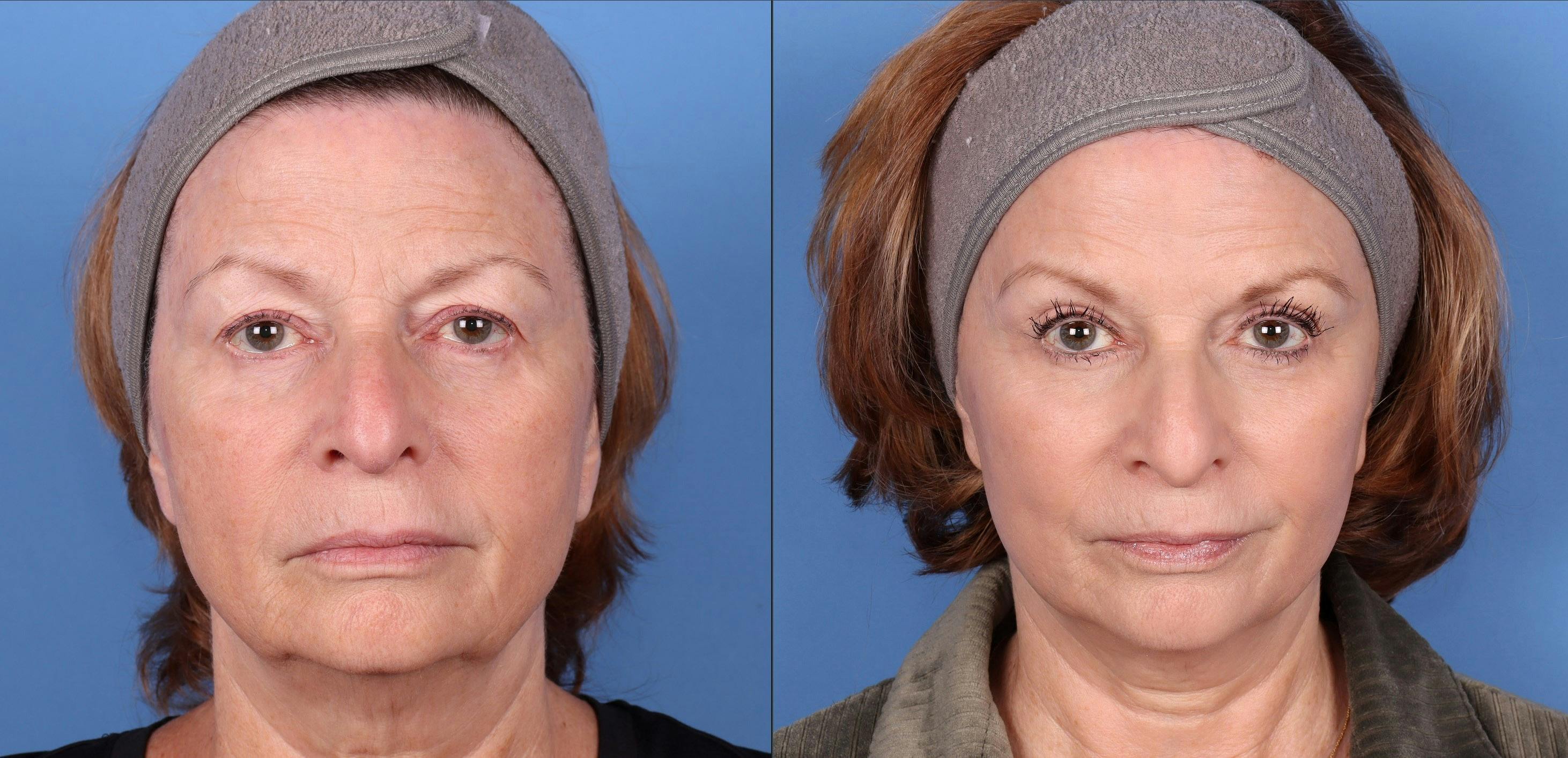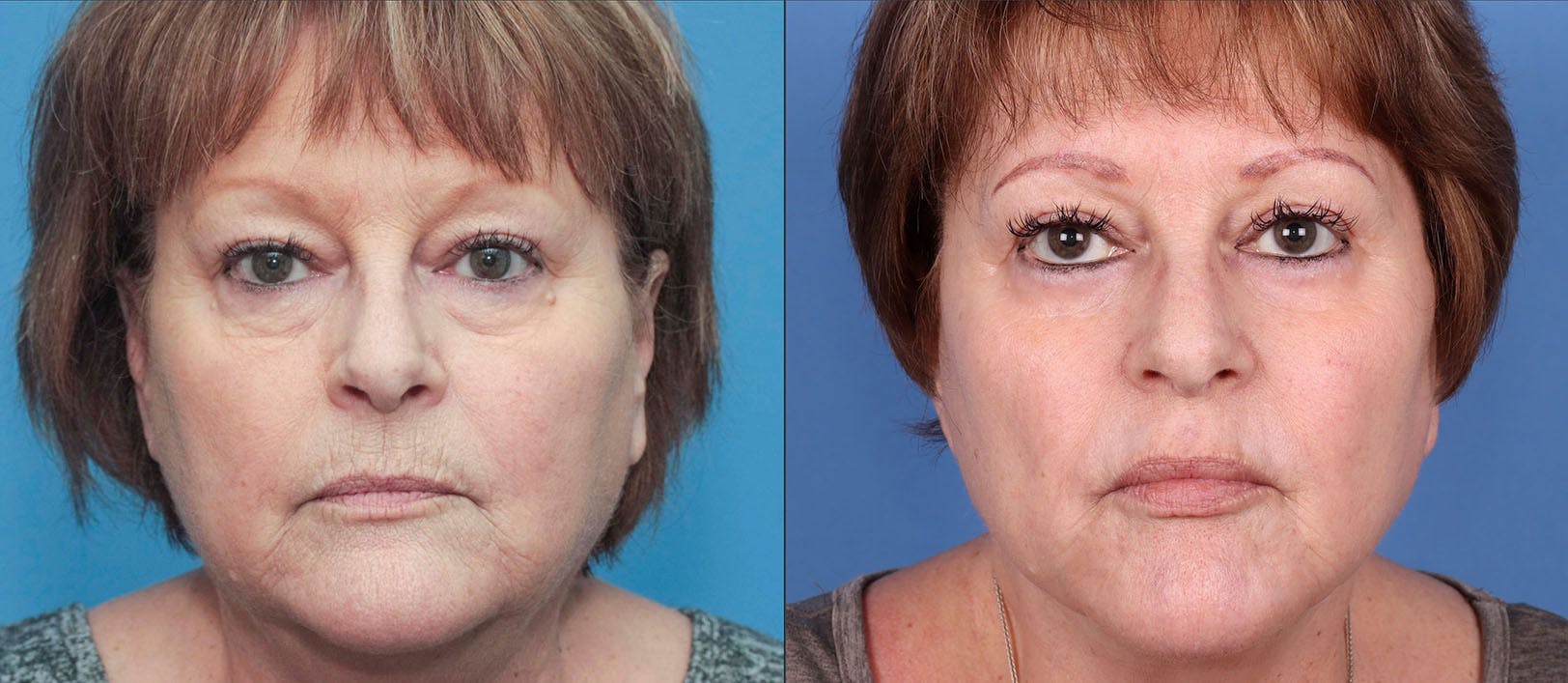During the natural process of aging, the loss of collagen, reduction in various hormones, and loss of critical vitamins result in skin laxity. The effects of this are the undesirable appearance of skin wrinkling in both men and women. To address these signs of aging and achieve a natural-looking improvement, many people look to a deep plane facelift in Maryland.
What Areas Does it Address?
Getting a deep plane facelift in Maryland enhances the structure of your face by redistributing fat to create a fuller appearance. By repositioning the muscle and skin tissue, deep lines and sagging skin are pulled taut, creating a smoother, more youthful look. You’ll notice improvements around your eyes, cheeks, mouth, jawline, and neck.


The Benefits of a Deep Plane Facelift
The results of this procedure are expected to last 10-15 years with a lower likelihood of requiring revision procedures. Because a deep plane facelift addresses the mid and lower face, you’ll see the following…
- A reduction in the appearance of jowls
- Smoother skin
- More defined features
- Fewer wrinkles
- Smoothing of marionette lines
- A correction in eye droop
- A tightening of sagging skin on the upper neck and chin
Deep Plane Facelift Before & After
View MoreHow Do I Know if I’m a Candidate?
Men and women typically between the ages of 40 and 60 years old, experiencing sagging skin in the mid-to-lower face are excellent candidates for a deep plane facelift. Also, a person with any of the following signs of aging may be a candidate:
- Deep nasolabial folds (smile lines)
- Marionette lines
- Sagging cheeks
- The appearance of jowls
- Loose, sagging skin on the neck



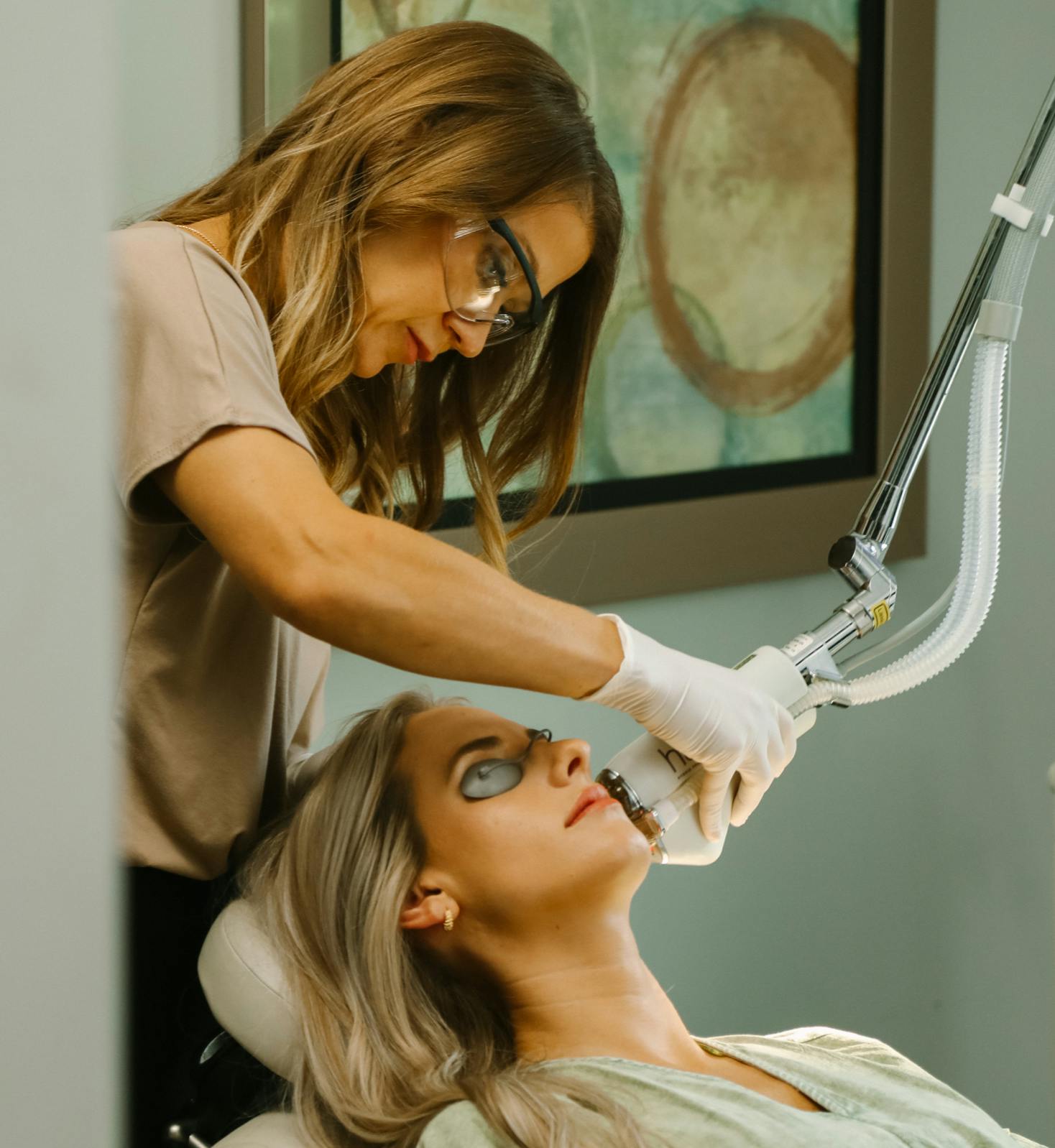
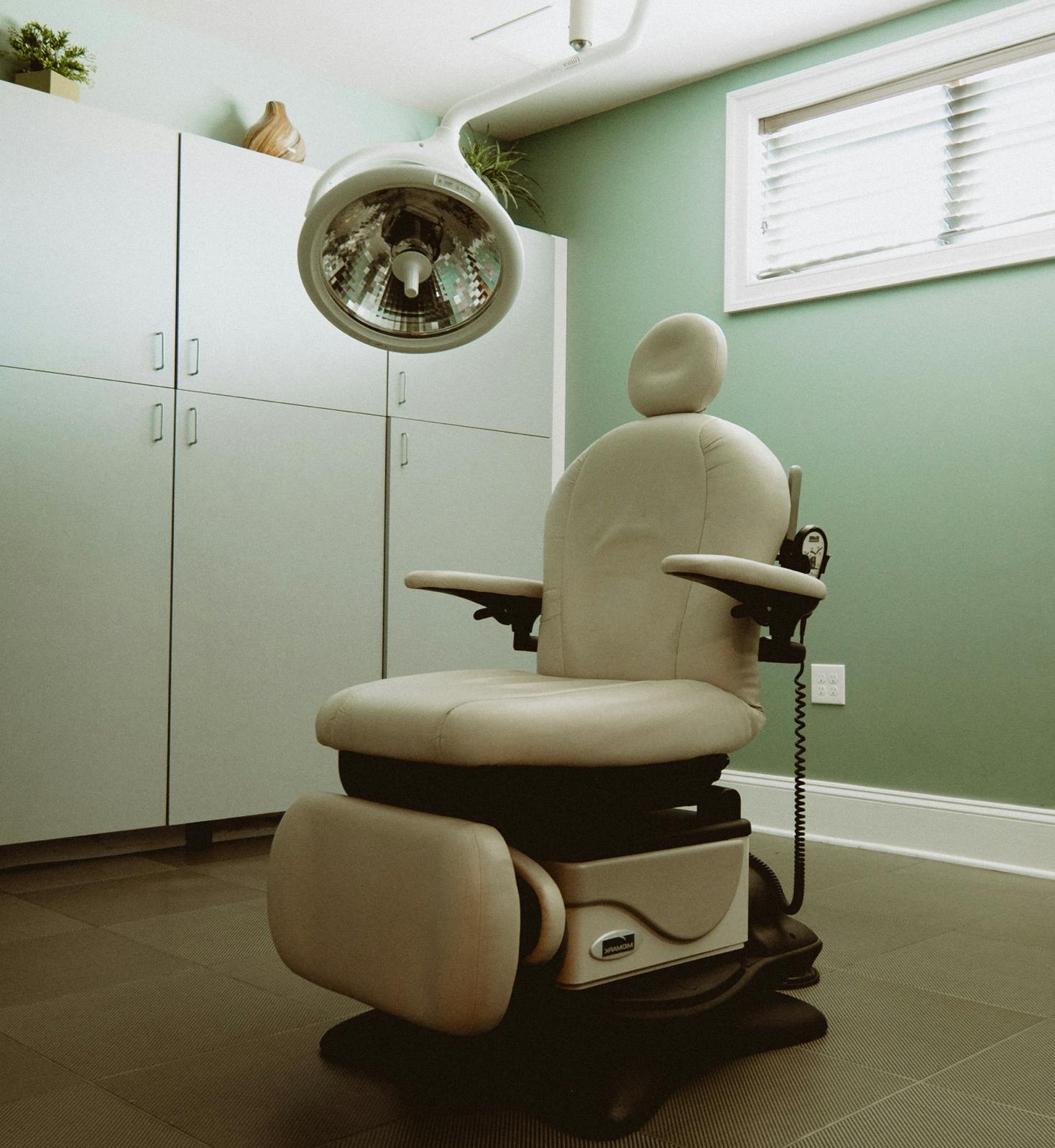
Why Choose Dr. Cappuccino for your Deep Plane Facelift?
If you’re looking for a leading surgeon in Maryland, Dr. Guy Cappuccino is a board-certified plastic surgeon who specializes in various facial procedures, including facelifts and neck lifts.
Practicing in Maryland since 2008, Dr. Cappuccino and his highly trained and educated staff are committed to a highly patient-centric approach. Beginning with the personal attention he gives during your initial consultation, Dr. Cappuccino treats each patient with the individuality and care they deserve. He and his staff are known for their consistently exceptional results. Contact our office today and let us help you get started on your own aesthetic journey.




